Complete History of the Tower
Journey through centuries of architecture, engineering, and history behind Pisa's most famous landmark
Table of Contents
Origins
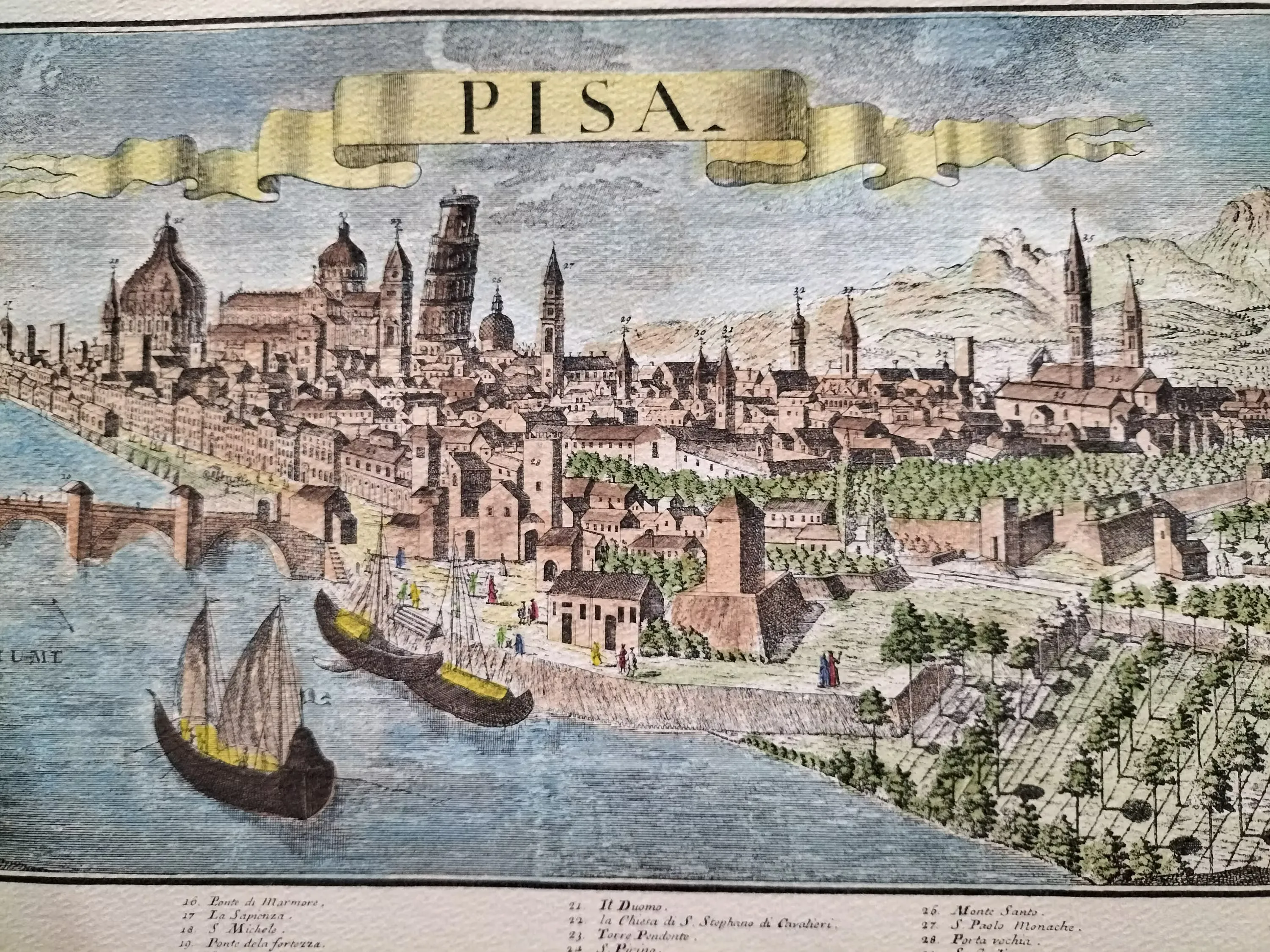
Long before the tower existed, Pisa was a thriving maritime republic and cultural hub.
Its wealth and power funded ambitious religious and civic projects.
Construction Period

Construction began in 1173 and took nearly 200 years with several interruptions.
Shifting soil caused the distinctive tilt early in the building process.
Architects & Engineers
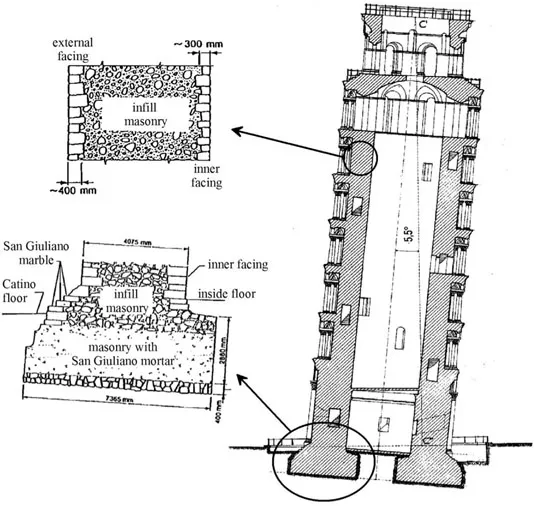
Various architects worked on the tower, adapting their designs to its leaning structure.
Their ingenuity ensured the tower’s survival through centuries.
Romanesque Masterpiece
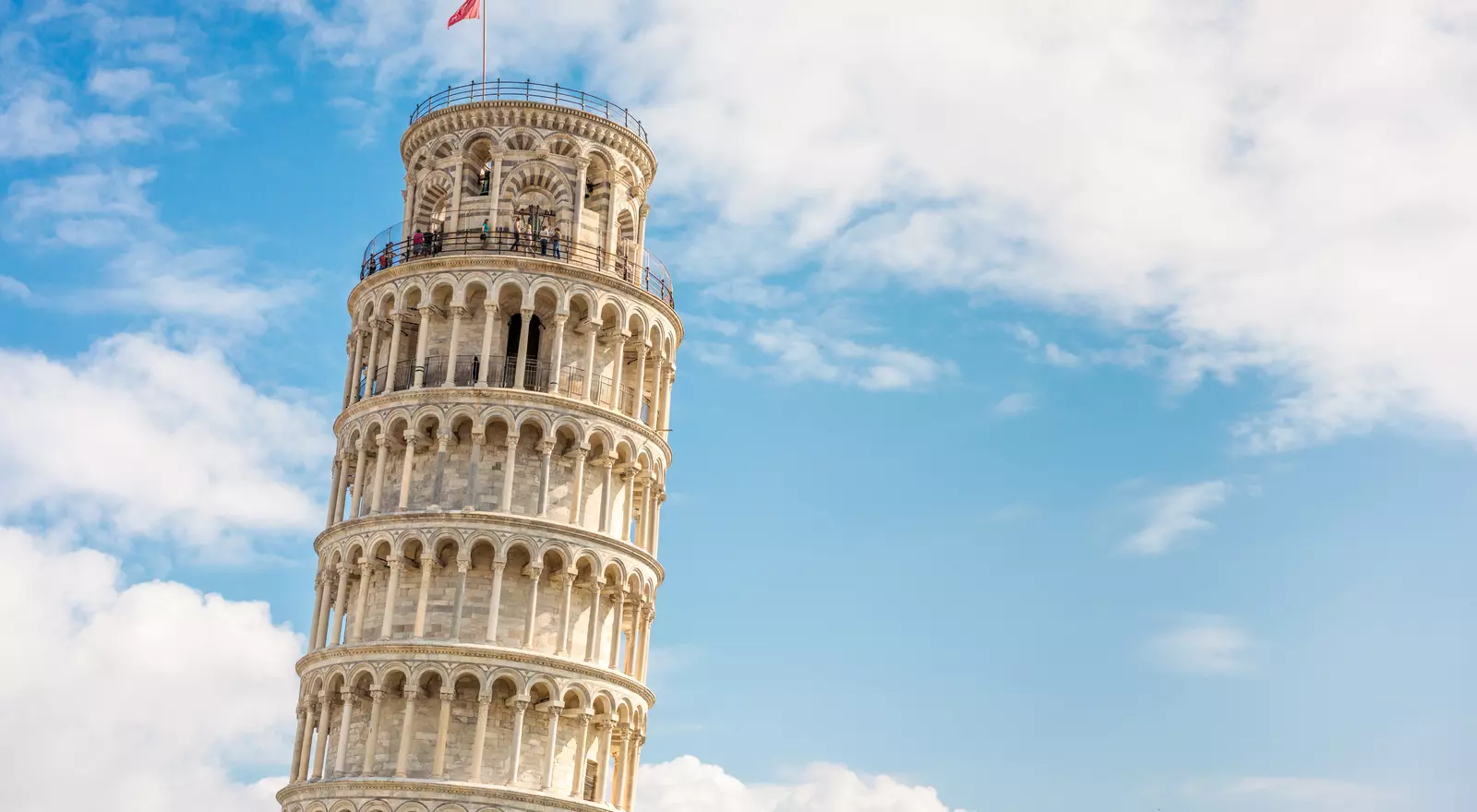
The tower embodies Pisan Romanesque style with white and grey marble, arches, and columns.
It harmonizes with the Cathedral and Baptistery in the Square of Miracles.
Structural Challenges

The soft ground beneath the foundation caused uneven settling and the famous lean.
Efforts to correct or stabilize the tilt began as early as the 14th century.
Rescue Efforts
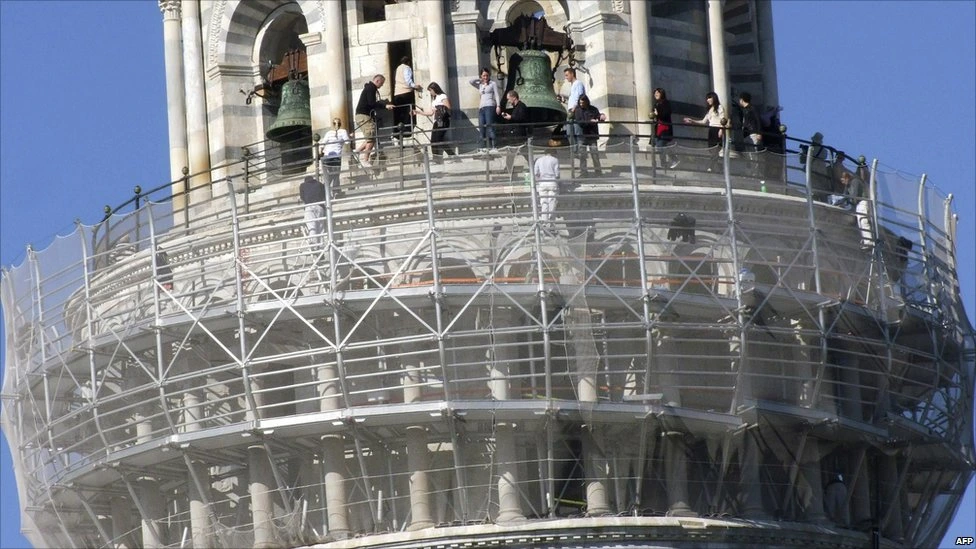
In the 20th century, major stabilization projects prevented the tower from collapsing.
Engineers reduced the tilt by over 40 cm while preserving its iconic appearance.
The Bells
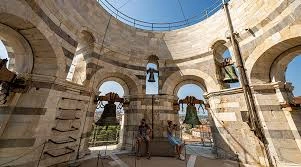
The tower houses seven bells, each corresponding to a musical note.
They once coordinated with the cathedral’s liturgical calendar.
Galileo's Experiments
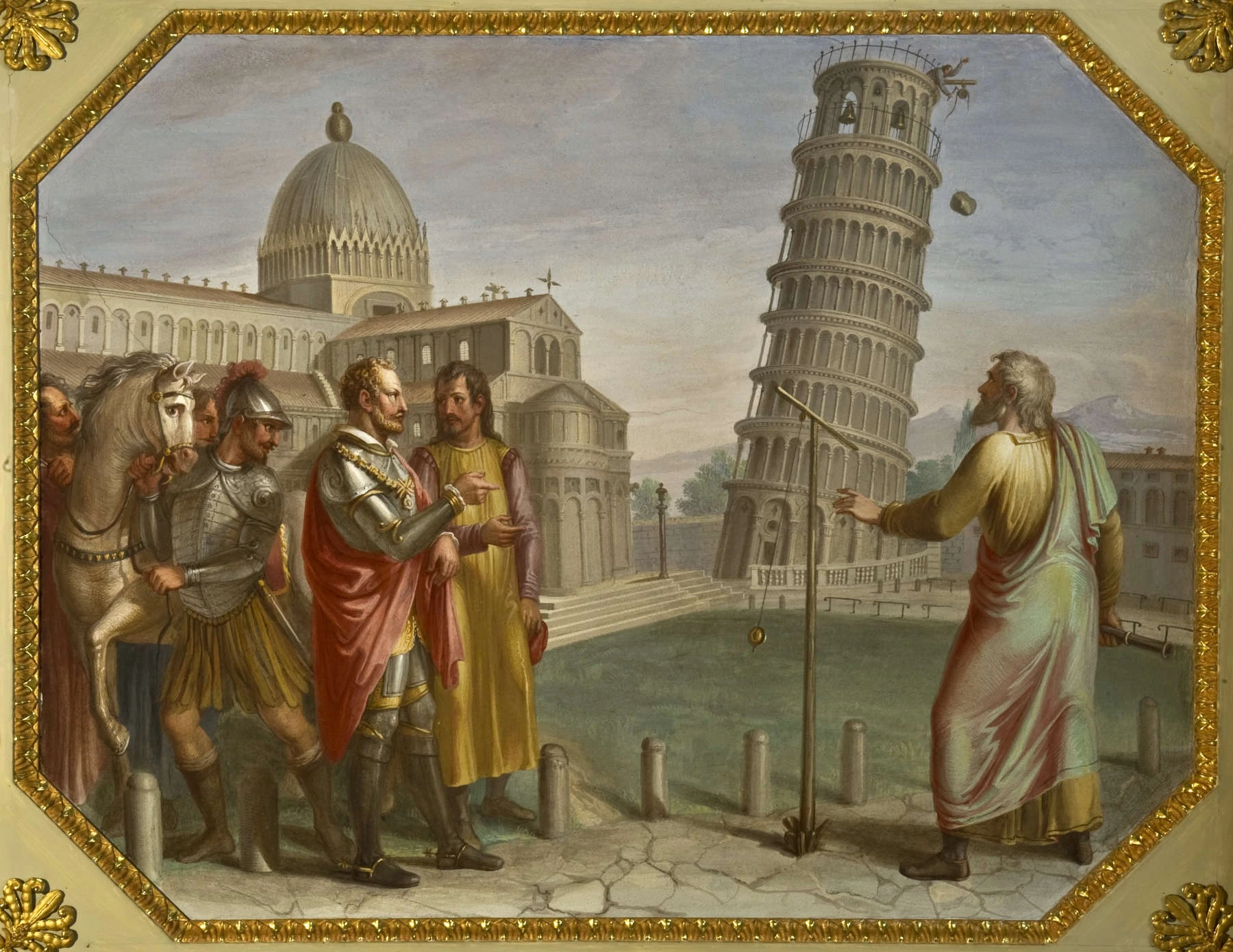
According to tradition, it was from the Leaning Tower that Galileo Galilei carried out his famous experiments on the fall of bodies.
By dropping spheres of different weights from the top, he showed that the speed of fall did not depend on mass, laying the foundations of modern physics.
Modern Stabilization
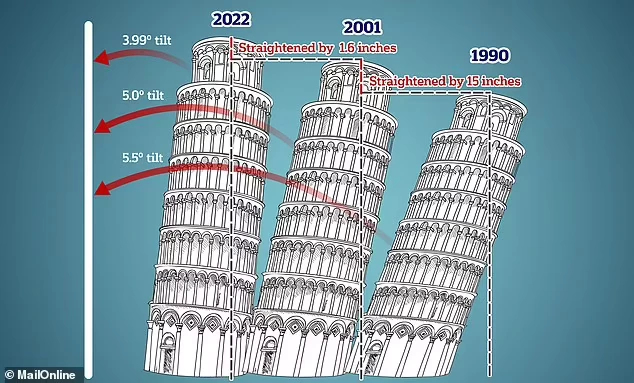
From the 1990s to the early 2000s, large-scale projects secured the tower for future generations.
Its lean is now stable and monitored constantly.
National Symbol
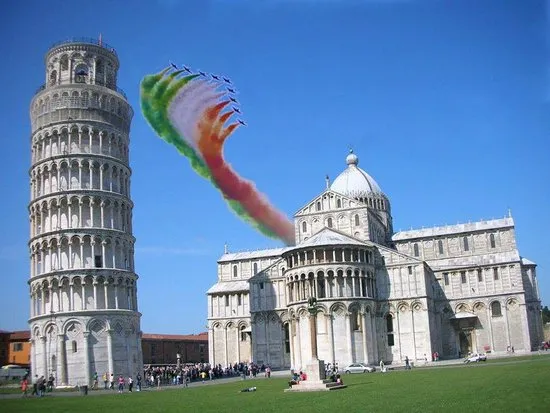
The Leaning Tower symbolizes Italian heritage and resilience.
It appears in countless artworks, travel posters, and media worldwide.
World Wars
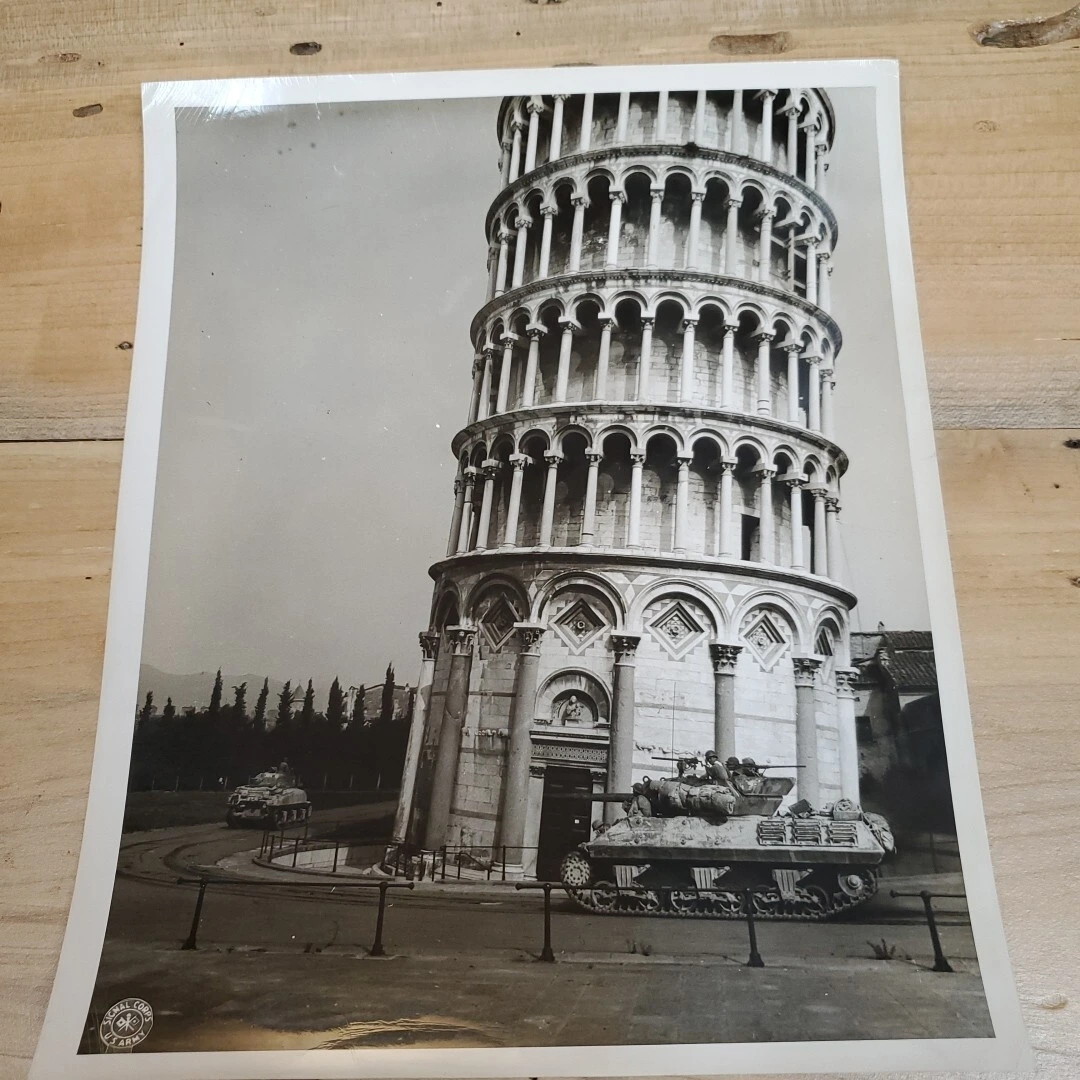
During World War II, the tower narrowly escaped destruction.
Its survival added to its legend and postwar popularity.
Restoration & Modernization
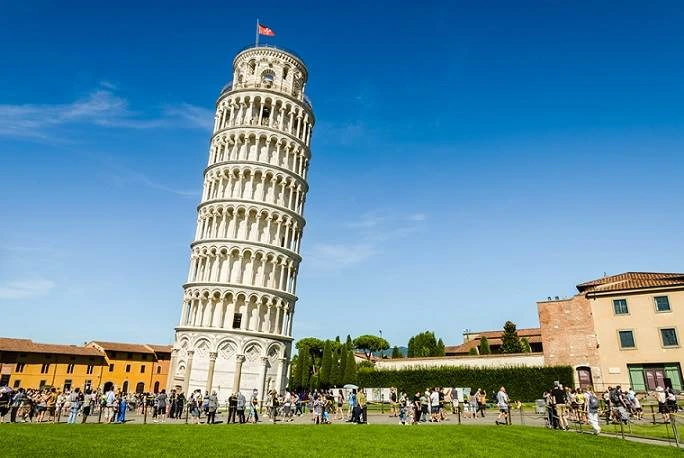
Modern conservation and visitor facilities improved safety and accessibility.
Technological monitoring ensures the tower’s preservation.
Digital Era
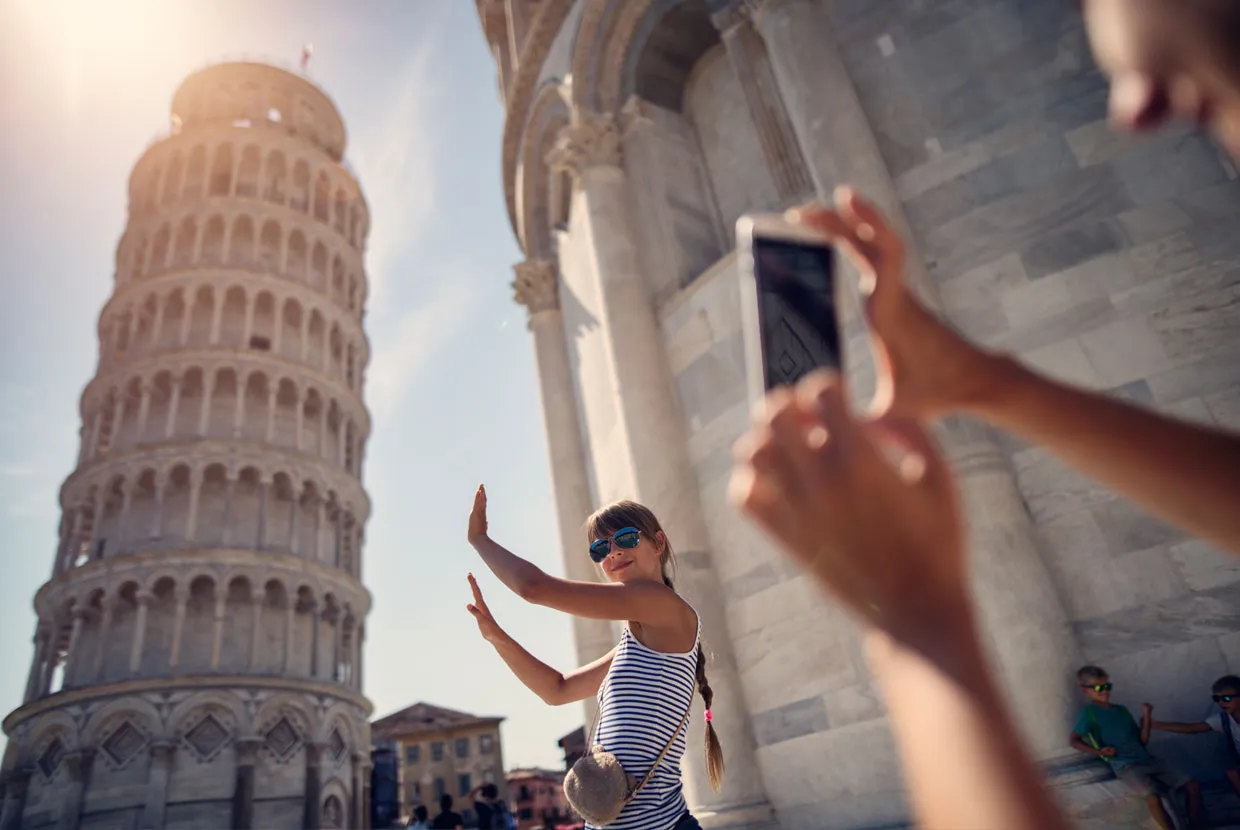
Virtual tours and online archives allow global audiences to explore the Leaning Tower.
The monument continues its mission of cultural stewardship in the digital age.
Table of Contents
Origins

Long before the tower existed, Pisa was a thriving maritime republic and cultural hub.
Its wealth and power funded ambitious religious and civic projects.
Construction Period

Construction began in 1173 and took nearly 200 years with several interruptions.
Shifting soil caused the distinctive tilt early in the building process.
Architects & Engineers

Various architects worked on the tower, adapting their designs to its leaning structure.
Their ingenuity ensured the tower’s survival through centuries.
Romanesque Masterpiece

The tower embodies Pisan Romanesque style with white and grey marble, arches, and columns.
It harmonizes with the Cathedral and Baptistery in the Square of Miracles.
Structural Challenges

The soft ground beneath the foundation caused uneven settling and the famous lean.
Efforts to correct or stabilize the tilt began as early as the 14th century.
Rescue Efforts

In the 20th century, major stabilization projects prevented the tower from collapsing.
Engineers reduced the tilt by over 40 cm while preserving its iconic appearance.
The Bells

The tower houses seven bells, each corresponding to a musical note.
They once coordinated with the cathedral’s liturgical calendar.
Galileo's Experiments

According to tradition, it was from the Leaning Tower that Galileo Galilei carried out his famous experiments on the fall of bodies.
By dropping spheres of different weights from the top, he showed that the speed of fall did not depend on mass, laying the foundations of modern physics.
Modern Stabilization

From the 1990s to the early 2000s, large-scale projects secured the tower for future generations.
Its lean is now stable and monitored constantly.
National Symbol

The Leaning Tower symbolizes Italian heritage and resilience.
It appears in countless artworks, travel posters, and media worldwide.
World Wars

During World War II, the tower narrowly escaped destruction.
Its survival added to its legend and postwar popularity.
Restoration & Modernization

Modern conservation and visitor facilities improved safety and accessibility.
Technological monitoring ensures the tower’s preservation.
Digital Era

Virtual tours and online archives allow global audiences to explore the Leaning Tower.
The monument continues its mission of cultural stewardship in the digital age.